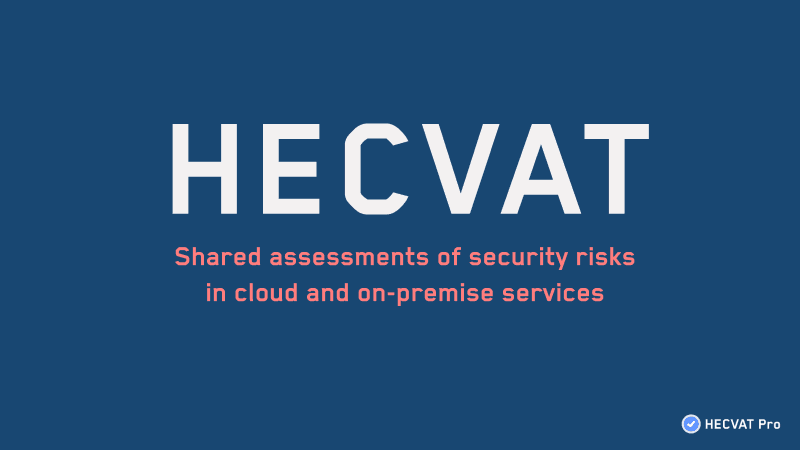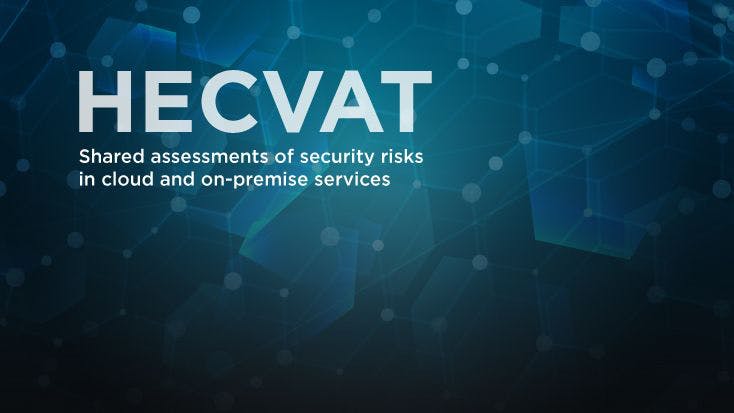Table of Contents
ToggleEmpower Your Workforce: Cybersecurity Education Handbook
Cybersecurity is not just a concern for IT departments but a critical responsibility for every employee. At HECVATPro, we understand the pressing need for robust cybersecurity education. This article aims to unveil the top strategies and resources for empowering your workforce with the knowledge they need to protect themselves and your organization from cyber threats.
Table of Contents
- Introduction to Cybersecurity Education
- Why Every Employee Needs Cybersecurity Training
- Top 5 Cybersecurity Training Topics for Employees
- Incorporating Cybersecurity Education into Workflow
- Evaluating Cybersecurity Education Providers
- Conclusion
- Accessibility Statement
Introduction to Cybersecurity Education
Cybersecurity education refers to the process of equipping individuals with the knowledge and skills needed to protect themselves and their organization against cyber threats. It involves understanding potential cyber risks, learning how to identify phishing attempts, securing personal and company data, and adhering to the company’s cybersecurity policies.
Importance Table:
| Factor | Explanation |
|---|---|
| Data Protection | Understanding how to safeguard sensitive information. |
| Threat Recognition | Being able to identify and respond to cyber threats. |
| Risk Management | Implementing practices that mitigate risks to the organization. |
Why Every Employee Needs Cybersecurity Training
The human factor is often the weakest link in cybersecurity. Educating employees can significantly reduce this vulnerability.
Statistics Highlight Box:
- 43% of cyber attacks target small businesses.
- 60% of small companies go out of business within six months of a cyber attack.
- 95% of cybersecurity breaches are caused by human error.
Top 5 Cybersecurity Training Topics for Employees
To build a well-rounded cybersecurity education program, here are the top topics to cover:
- Phishing Awareness: Learn to identify suspicious emails and links.
- Password Security: Best practices for creating and managing strong passwords.
- Data Privacy: Understanding what data needs to be protected and how to do it.
- Safe Internet Practices: Tips for safer browsing and authentication methods.
- Device Security: Guidelines for securing both personal and company devices.
Topic Highlight Table:
| Topic | Description | Tools/Resources |
|---|---|---|
| Phishing Awareness | Identifying and reporting phishing attempts. | Phishing Test Simulations |
| Password Security | Creating strong, unique passwords. | Password Managers |
| Data Privacy | Understanding data classification. | GDPR Compliance Guides |
| Safe Internet Practices | Secure browsing habits. | VPNs, Secure Browsers |
| Device Security | Protecting against unauthorized access. | Anti-Malware Software |
Incorporating Cybersecurity Education into Workflow
Ensuring cybersecurity education doesn’t disrupt the workflow is essential. Here are some strategies:
Strategy Table:
| Strategy | Implementation |
|---|---|
| Microlearning | Short, focused training sessions. |
| Gamification | Use of interactive elements and competitions. |
| Regular Updates | Periodic refreshers on key topics. |
| Real-Life Simulations | Practice scenarios based on actual threats. |
Continuing from where we left off, the second part of our comprehensive listicle dives deeper into the practicalities of implementing a cybersecurity education program within your organization and how to assess the effectiveness of your education provider.
Evaluating Cybersecurity Education Providers
Choosing the right partner for cybersecurity training is critical. Here’s what to consider:
Provider Evaluation Table:
| Criteria | Why It Matters |
|---|---|
| Content Relevance | Ensures training material is up-to-date with current cybersecurity trends. |
| Engaging Learning Methods | Increases retention and ensures employees are actively participating. |
| Customization Options | Allows alignment with your specific industry needs and company policies. |
| Scalability | The ability to grow with your organization and adapt to new threats. |
| Feedback and Reporting | Offers insights into employee progress and areas needing improvement. |
Top Features to Look For:
- Interactive Content: Engages users and enhances learning.
- Trackable Progress: Monitors both individual and group progress.
- Expert Support: Access to cybersecurity experts for queries or advice.
- Compliance Alignment: Ensures the training meets legal and industry standards.
Implementing Cybersecurity Training: A Step-by-Step Guide
- Assess Your Current Cybersecurity Posture: Identify vulnerabilities and areas needing immediate attention.
- Define Training Objectives: What should your employees learn from the training?
- Choose the Right Provider: Use the evaluation table above to select a provider that fits your needs.
- Customize Training to Your Workforce: Ensure content relevance to your industry and company.
- Integrate Training into Daily Workflows: Implement microlearning, gamification, and other engaging methods.
- Evaluate and Adjust: Regularly assess the effectiveness of training and make necessary adjustments.
Checklist for Successful Deployment:
- [ ] Identified internal cybersecurity champions.
- [ ] Set clear and measurable training objectives.
- [ ] Customized training material for relevance.
- [ ] Scheduled periodic refresher sessions.
- [ ] Established metrics for success.
Jumpstart Your Cybersecurity Training with HECVAT Pro
At HECVATPro, we offer comprehensive cybersecurity education solutions tailored to your company’s unique needs. From assessing your current security posture to deploying an engaging education program, our expertise ensures your workforce is equipped to protect against evolving cyber threats.
Why Choose HECVAT Pro:
- Up-to-Date Content: Reflects the latest cybersecurity trends and threats.
- Engaging Learning Experience: Interactive courses designed for maximum retention.
- Customizable Training Programs: Tailored to fit your industry specifics and company culture.
- Scalability: Solutions that grow with your business.
- Robust Reporting: Insights into training effectiveness and areas for improvement.
Conclusion
As cyber threats continue to evolve, so too must our approaches to cybersecurity education. By empowering employees with the knowledge and tools they need to protect both themselves and their organization, businesses can significantly mitigate the risk of cyberattacks.
Remember, cybersecurity is not a one-time task but an ongoing process of learning, practicing, and adapting. With the right education provider, such as HECVATPro, your organization can stay ahead of potential threats and foster a culture of cybersecurity awareness.
For more information on making your organization more secure and compliant, visit our Accessibility Statement to learn about our commitment to creating accessible and inclusive cybersecurity education solutions.
Create a safer digital future with HECVATPro—your partner in cybersecurity education.



